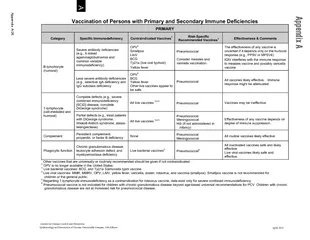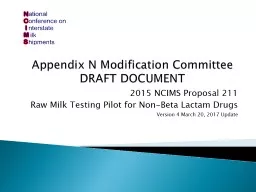PPT-Appendix FP-1 Increase the
Author : ximena | Published Date : 2022-06-18
proportion of pregnancies that are intended FP2 Reduce the proportion of females experiencing pregnancy despite use of a reversible contraceptive method FP31
Presentation Embed Code
Download Presentation
Download Presentation The PPT/PDF document "Appendix FP-1 Increase the" is the property of its rightful owner. Permission is granted to download and print the materials on this website for personal, non-commercial use only, and to display it on your personal computer provided you do not modify the materials and that you retain all copyright notices contained in the materials. By downloading content from our website, you accept the terms of this agreement.
Appendix FP-1 Increase the: Transcript
Download Rules Of Document
"Appendix FP-1 Increase the"The content belongs to its owner. You may download and print it for personal use, without modification, and keep all copyright notices. By downloading, you agree to these terms.
Related Documents














